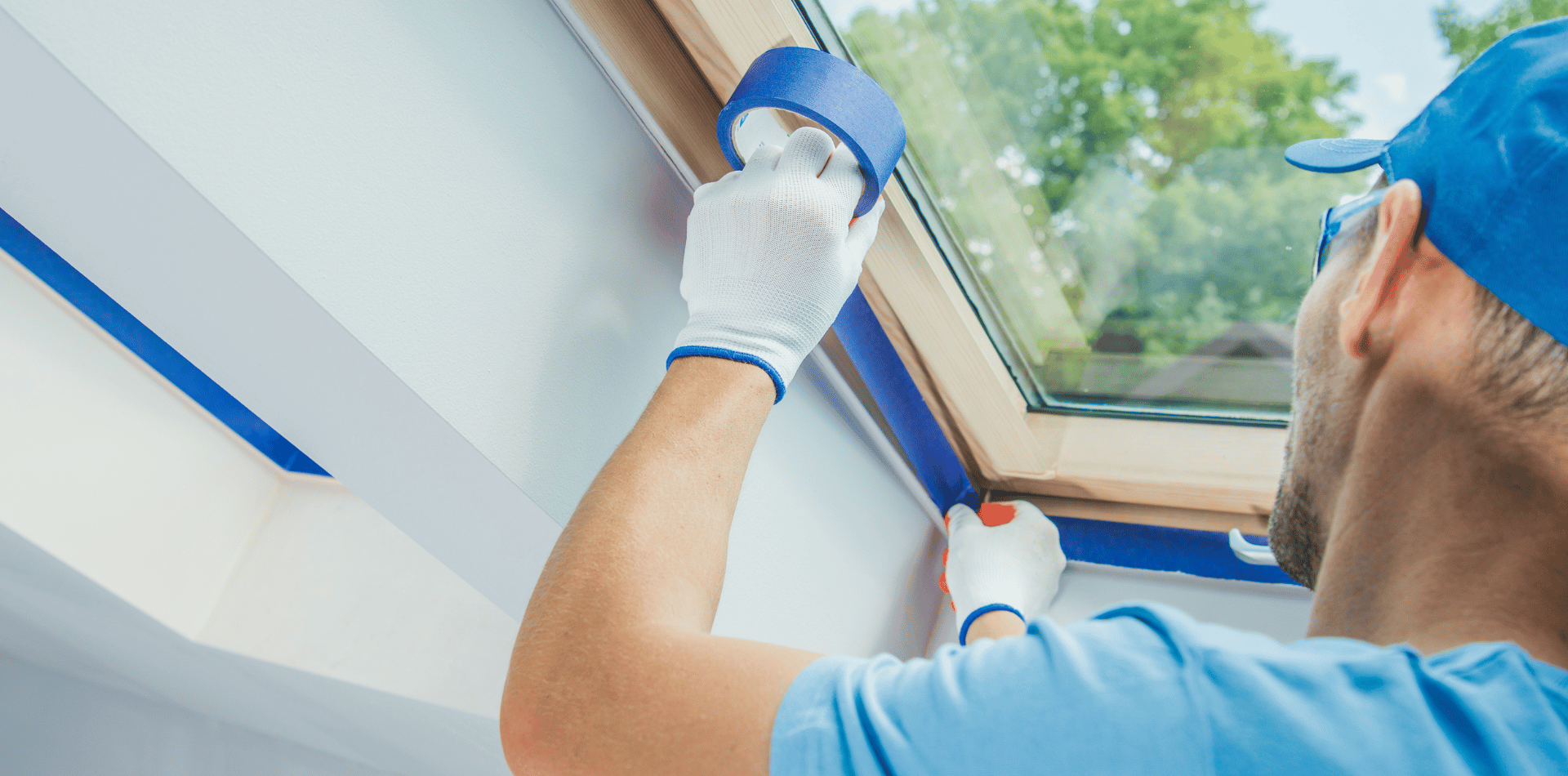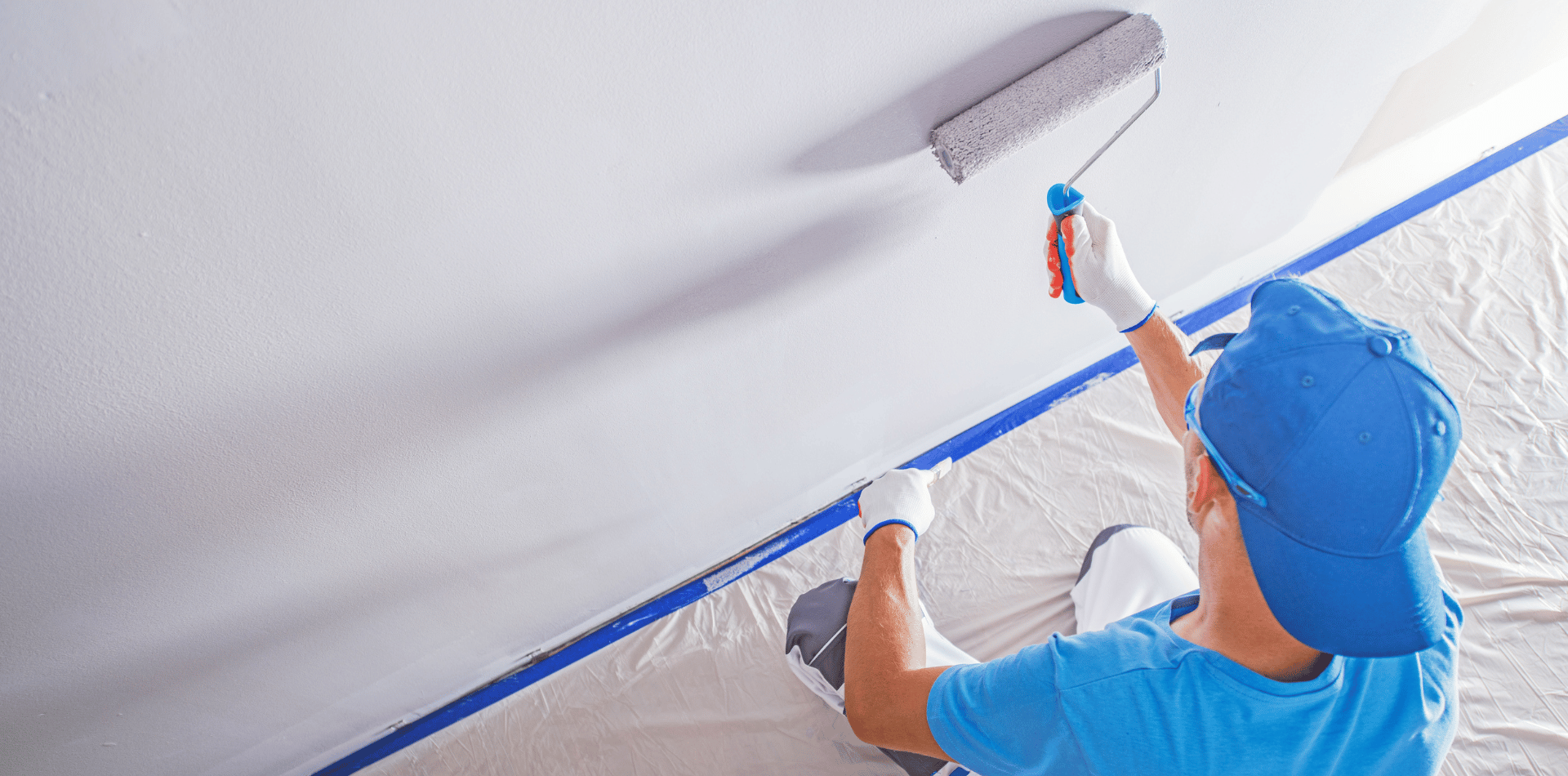The Importance of Surface Preparation Before Painting: A Comprehensive Guide
The Importance of Surface Preparation Before Painting.

Painting is a transformative process that can rejuvenate and enhance the appearance of any space, be it a cozy living room, an expansive office, or the exterior of a home.
While the act of applying paint may seem straightforward, the success and longevity of a paint job are highly dependent on the preparation of the surface to be painted. Skipping or inadequately performing surface preparation can lead to a myriad of problems such as poor adhesion, uneven coverage, and premature paint failure.
In this comprehensive guide, we will look into the importance of surface preparation before painting, exploring the steps involved and the benefits of meticulous preparation.
Understanding Surface Preparation
Surface preparation is the process of readying a surface to receive paint.
This involves cleaning, repairing, and priming the surface to ensure that the paint adheres properly and looks its best. Proper surface preparation addresses any issues that could compromise the quality of the paint job, including dirt, grease, peeling paint, cracks, and moisture.
Steps in Surface Preparation
Cleaning the Surface
- Importance: Clean surfaces are essential for paint adhesion. Dust, dirt, grease, and other contaminants can prevent the paint from sticking properly, leading to bubbles, blisters, and flaking.
- Methods: Depending on the surface, cleaning methods can range from simple dusting and wiping to power washing for exteriors. Mild detergents and water are often used to remove grease and grime, while specialized cleaners might be necessary for tougher stains.
Repairing Damages
- Importance: Surface imperfections such as cracks, holes, and peeling paint can significantly affect the finish. Addressing these issues ensures a smooth, even surface for painting.
- Methods: Use fillers to repair holes and cracks, sand down rough spots, and remove any loose or peeling paint. For more extensive damage, such as rotting wood or significant structural issues, professional repairs might be needed.
Sanding the Surface
- Importance: Sanding creates a smooth surface and helps the paint adhere better by providing a slight roughness for the paint to grip onto. It also helps to remove any residual imperfections after cleaning and repairing.
- Methods: Use different grits of sandpaper depending on the surface and the level of smoothness required. Start with coarser grits to remove major imperfections and finish with finer grits for a smooth finish.
Priming
- Importance: Primer acts as a bonding agent between the surface and the paint. It seals the surface, provides a uniform base for the paint, and can enhance the paint’s durability and vibrancy.
- Methods: Choose a primer suitable for the surface and type of paint being used. Apply one or more coats of primer, allowing each coat to dry thoroughly before proceeding with the next.
Benefits of Proper Surface Preparation
Enhanced Paint Adhesion. Proper surface preparation ensures that the paint adheres firmly to the surface. Without this crucial step, the paint is likely to peel or flake off over time. By thoroughly cleaning, repairing, sanding, and priming the surface, you create an ideal base for the paint to bond with, leading to a longer-lasting finish.
Improved Aesthetic Appeal. A well-prepared surface leads to a smoother, more even paint finish. Surface imperfections such as cracks, dents, and rough patches are less likely to show through the paint, resulting in a more professional and visually appealing outcome. This is particularly important for high-visibility areas where the quality of the paint job will be closely scrutinized.
Increased Durability. Paint applied to a properly prepared surface is more resistant to environmental factors such as moisture, temperature fluctuations, and UV rays. This resistance helps to prevent common issues like peeling, blistering, and fading, thereby extending the lifespan of the paint job and reducing the need for frequent repaints.
Cost-Effectiveness. While surface preparation may require an initial investment of time and resources, it ultimately saves money in the long run. A well-prepared surface reduces the likelihood of paint failures that necessitate costly repairs and repaints. By investing in proper preparation, you ensure that your paint job stands the test of time, offering better value for your investment.
Health and Safety. Surface preparation often involves the removal of old paint, which can sometimes contain lead or other hazardous materials. Proper preparation ensures that these materials are safely removed or encapsulated, reducing the risk of exposure to harmful substances. Additionally, a well-prepared surface is less likely to harbour mould or mildew, contributing to a healthier indoor environment.
Case Studies in Surface Preparation
Residential Interiors. A homeowner decides to repaint their living room, which has not been updated in over a decade. The walls have accumulated dust, minor cracks, and a few spots of peeling paint. By following proper surface preparation steps—cleaning, repairing, sanding, and priming—the homeowner achieves a smooth, professional-looking finish that revitalizes the room and enhances its aesthetic appeal.
Commercial Exteriors. A commercial building’s exterior is in need of a fresh coat of paint to improve its curb appeal and protect it from the elements. The surface preparation involves power washing to remove dirt and grime, repairing cracks and damaged areas, and applying a suitable primer. As a result, the new paint adheres well, providing a durable and attractive finish that withstands harsh weather conditions.
Historic Restoration. Restoring a historic building requires meticulous surface preparation to preserve its architectural integrity. This involves removing layers of old paint, repairing damaged wood or masonry, and using primers compatible with the original materials. Through careful preparation, the restoration team achieves a paint finish that honors the building’s historical significance while providing long-lasting protection.
Tips for Effective Surface Preparation
Assess the Surface Condition. Before starting any preparation work, thoroughly inspect the surface to identify any issues that need to be addressed. This includes checking for dirt, grease, mold, cracks, and structural damage.
Use Quality Materials. Invest in high-quality cleaning agents, fillers, sandpapers, and primers. Using subpar materials can compromise the effectiveness of the surface preparation process and the overall quality of the paint job.
Follow Manufacturer Guidelines. Adhere to the instructions provided by the manufacturers of the cleaning agents, fillers, primers, and paints. This ensures that you use the products correctly and achieve the best possible results.
Allow Sufficient Drying Time. After cleaning, repairing, and priming, allow ample time for each layer to dry completely before moving on to the next step. Rushing the process can lead to issues with adhesion and finish quality.
Consider Environmental Factors. Take into account the environmental conditions, such as temperature and humidity, when preparing surfaces and applying paint. Extreme conditions can affect the drying and curing process, impacting the final outcome.
Conclusion
Surface preparation is the cornerstone of a successful paint job.
It involves a series of meticulous steps designed to create a clean, smooth, and stable foundation for the paint. By investing time and effort into proper surface preparation, you enhance paint adhesion, improve aesthetic appeal, increase durability, and ultimately achieve a cost-effective and long-lasting finish. Whether you are tackling a DIY project or hiring professionals, understanding the importance of surface preparation ensures that your painting endeavor yields the best possible results.
So, before you pick up that paintbrush, remember: a great paint job begins with a well-prepared surface.
You might also like



Book a Service Today
We will get back to you as soon as possible
Please try again later
Competitive & Reliable
Professional Painting Services
Location
Call
Navigation
Services
Working hours
- Mon - Fri
- -
- Sat - Sun
- Closed
All Rights Reserved | Stroke of Genius Painting

